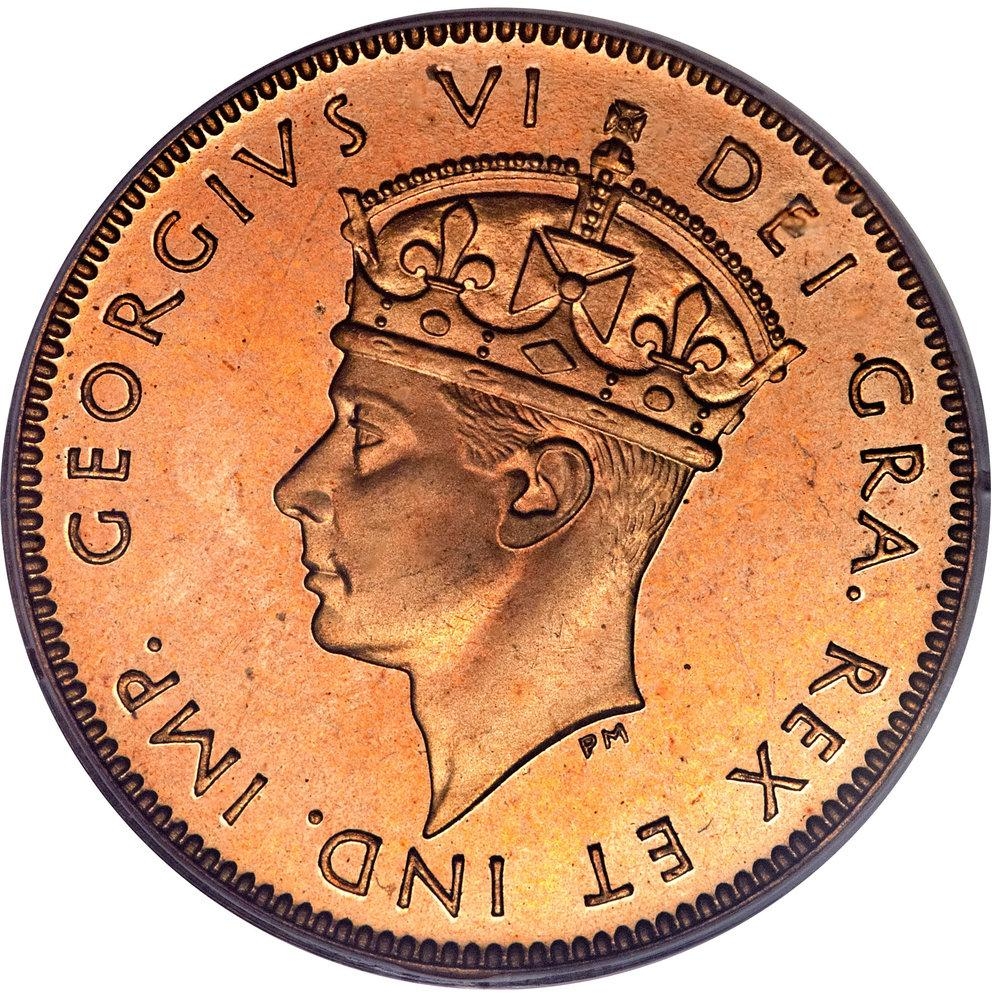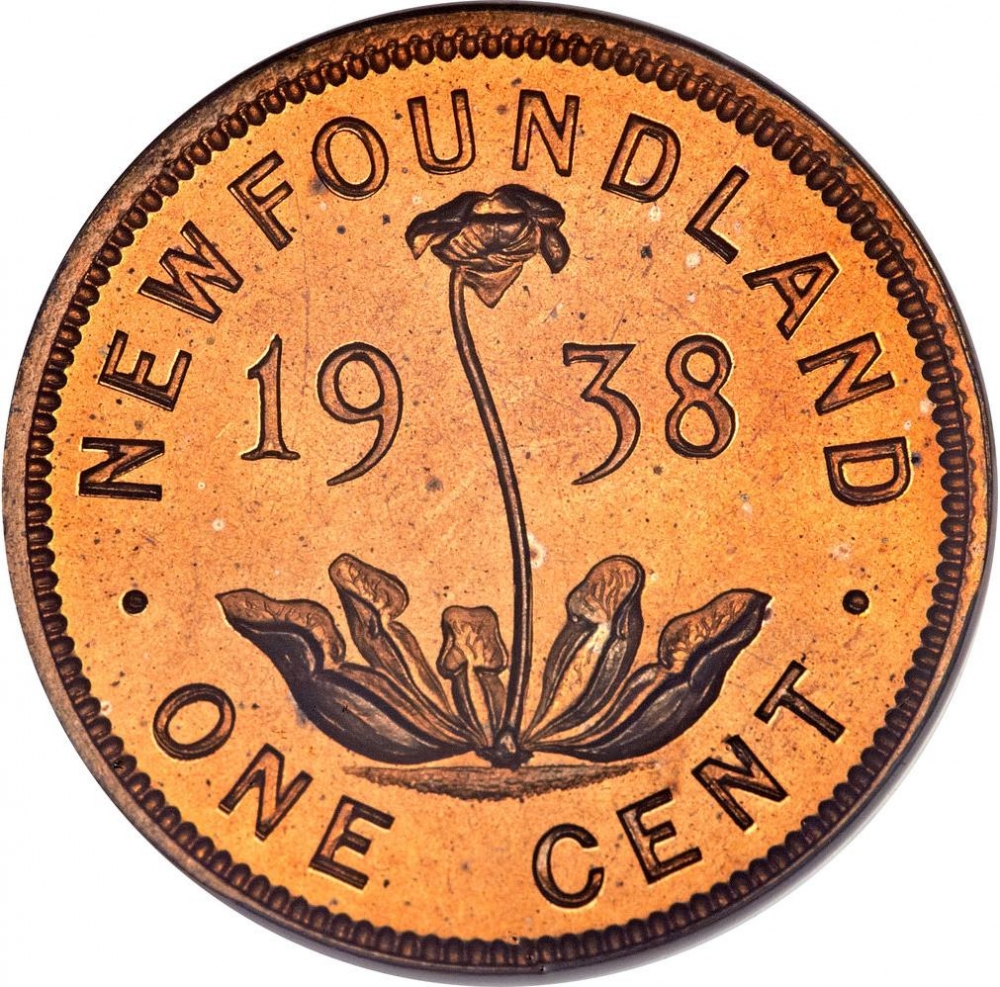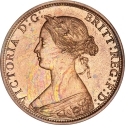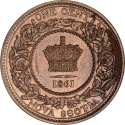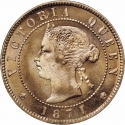You are about to finish your registration. Please check your mailbox (including spam folder). There should be a letter with a confirmation link. Check setting to make sure that your e-mail address is correct.
Send letter againDescription
Newfoundland Colony was the name for an English colony and later British colony established in 1610 on the island of the same name off the Atlantic coast of Canada, included in the modern-day Canadian province of Newfoundland and Labrador. This followed decades of sporadic English settlement on the island, at first seasonal rather than permanent. It was made a Crown colony in 1854 and a Dominion of the British Empire in 1907. In 1949 it joined the Canadian confederation as the Province of Newfoundland.
George VI (1895–1952) was King of the United Kingdom and the Dominions of the British Commonwealth from 11 December 1936 until his death. He was the last Emperor of India and the first Head of the Commonwealth.
As the second son of King George V, he was not expected to inherit the throne and spent his early life in the shadow of his elder brother, Edward. George's elder brother ascended the throne as Edward VIII upon the death of their father in 1936. However, later that year Edward revealed his desire to marry divorced American socialite Wallis Simpson. British Prime Minister Stanley Baldwin advised Edward that for political and religious reasons he could not marry a divorced woman and remain king. Edward abdicated in order to marry, and George ascended the throne as the third monarch of the House of Windsor.
Obverse

|
Crowned bust of King George VI, left, wearing the Tudor Crown, legend around. GEORGIUS VI DEI GRA. REX ET IND. IMP. |
|---|---|
Reverse

|
Sarracenia purpurea, commonly known as the purple pitcher plant, northern pitcher plant, or side-saddle flower, is a carnivorous plant in the family Sarraceniaceae. • NEWFOUNDLAND • |
| Edge |
